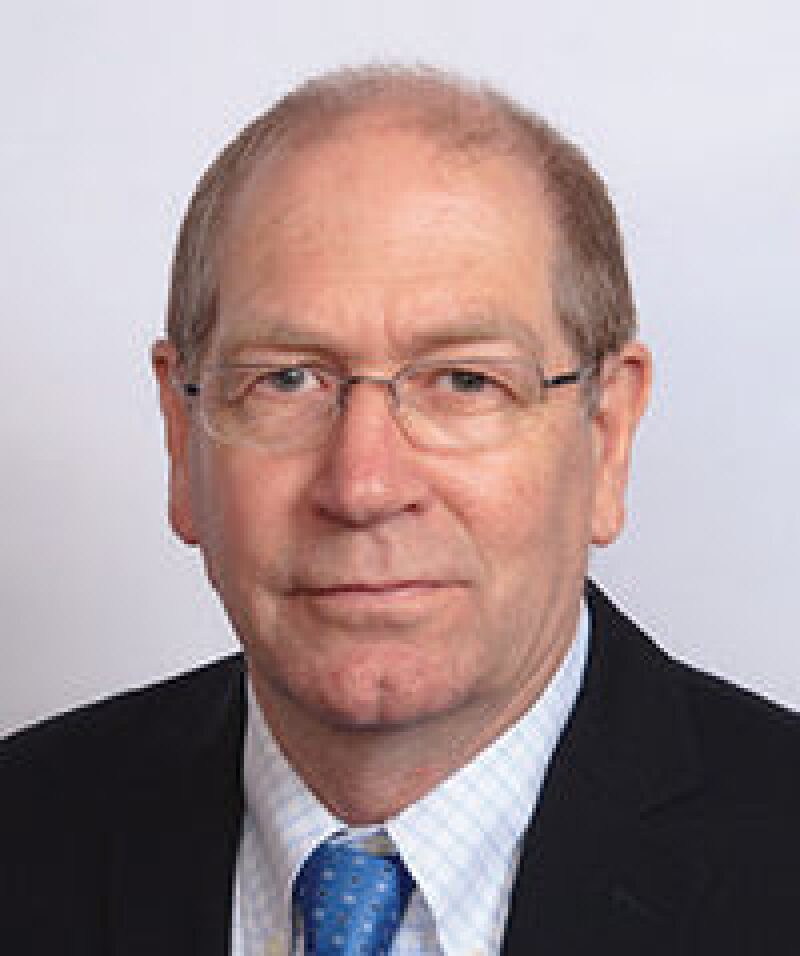Drilling automation is the use of computer-assisted or -controlled devices in drilling a wellbore. It involves a considerable amount of technology, including mechanized and robotized surface equipment and semiautonomous downhole drilling tools; entire drilling systems composed of linked downhole tools, surface control systems, and remote monitoring; and data analytics. It includes both conventional overbalanced drilling and managed-pressure drilling. The economic drivers for automation are increasing complexity, data overload, efficient drilling, and safety, to name a few.
Automated systems and equipment for drilling are under development by many, including equipment providers, service companies, and operators. Interested members of these companies have formed a consortium, the SPE Drilling Systems Automation Technical Section, which is promoting open data standards and protocols to exchange quality data in a safe and predictable manner. The group also looks outside the oil industry to learn from the route to automation taken by other industries.
It has become clear that, while the technology and infrastructure for drilling automation exist, there are obstacles to commercial implementation. The primary hurdle is transitioning all the technology to the business environment. The many silos of our drilling industry make this technology-transfer problem quite challenging.
The tension between technology and business is not new to the oil field or to any industry. You can have the most breathtaking technology, but, if there is no attempt to communicate the need for it, it will simply stagnate and never see the light of day. However, if the business side of the equation can envision the commercial benefits of a technology, the economic pull-through can revolutionize an industry. A means of communicating that vision is to develop a technology roadmap showing the developmental pathway the technology is following. A means of ensuring that all can take advantage of new technology and profit from innovation is to develop open systems using agreed-upon standards. A means of rewarding both developers and users is to implement systems-automation products by use of performance-based business models.
One of the interesting developments in the last few years is an emerging understanding of the need to develop the communication infrastructure for a drilling operation. This infrastructure links all facets and players in a drilling operation: downhole, surface, remote, and enterprise. It forms the framework supporting open standards and enables the implementation of modern data analytics, real-time modeling, and control systems.
The papers presented here represent a good overview of technology roadmapping of drilling automation, of modeling and simulation critical to automation, of drilling-management processes that make use of easily automated repetitive work flows, and of the value of quality data. The topics are innovative and thought provoking. Enjoy!
Recommended Additional Reading
SPE 172151 Achieving Drilling Excellence Through Next-Generation Work Flows Enabled by Integrating Historical Drilling Data and Real-Time Data by Richard Mohan David, Abu Dhabi Company for Onshore Oil Operations, et al.
SPE/IADC 173121 For Better or Worse: Applications of the Transfer-Matrix Approach for Analyzing Axial and Torsional Vibration by Roman J. Shor, The University of Texas at Austin, et al.
SPE 173858 Possibilities, Limitations, and Pitfalls in Using Real-Time Well-Flow Models During Drilling Operations by Knut Steinar Bjørkevoll, Sintef Petroleum Research, et al.


